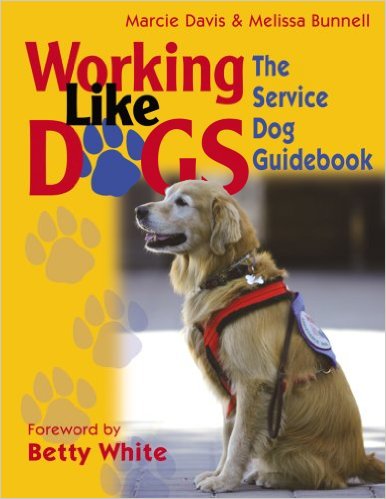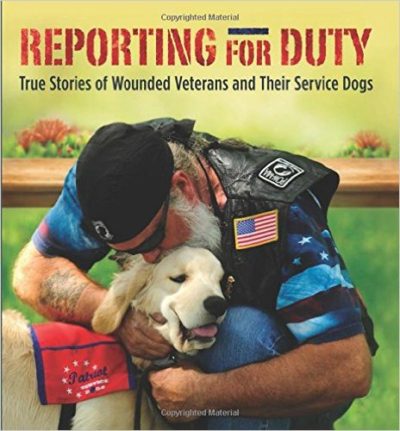As a wheelchair user, you would think it would be pretty obvious when someone sees me with my dog that they would realize he is a service dog and not a pet. It is amazing to me the number of people who question my right to have a dog accompany me in public. Why do you have a dog? What does he do for you? These are the common questions that I hear over and over.
And, I always have to chuckle because it never fails when I wear sun glasses, someone asks if I am blind, and compliments me on my ability to successfully navigate my wheelchair with such ease. I have to explain that no, I am not blind and in fact, my dog is a service dog, not a guide dog. Meaning, he is trained to assist someone with mobility limitations like myself.
Recently, I was interviewing Isaiah Schaffer on Working Like Dogs at www.petliferadio.com, an Iraqi war veteran who has a service dog, Meghan. Meghan helps Isaiah with the post traumatic stress disorder that he developed after serving three tours of duty of Iraq. I asked Isaiah how public access was for him and Meghan. He said it was even more an issue for him because at first glance, he looks "normal." That is, his disability is not visible. He said he has been stopped many times by store or restaurant owners and questioned about Meghan’s authenticity as a working dog.
For the most part, the general public only recognizes working dogs as guide dogs for people who are blind. But as many of us know, there are a growing number of dogs that are providing a variety of assistance to many people with disabilities such as hearing dogs, seizure alert dogs, etc. The general public should be more aware of working dogs. People with disabilities have a right to have an animal assist them to be more independent and the general public has the right to expect us to be responsible dog handlers.





